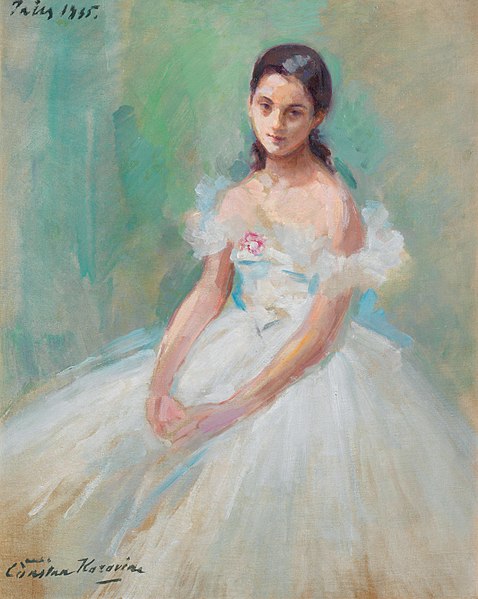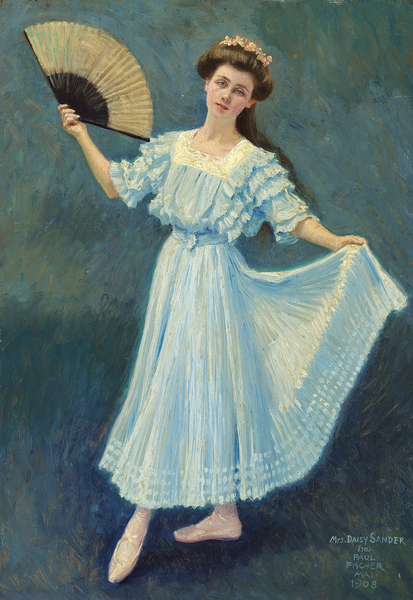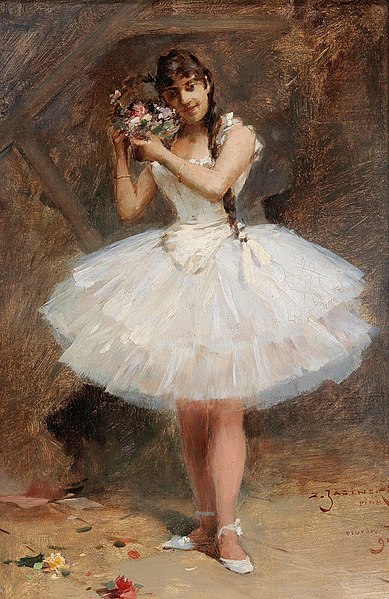Thammasat University students who are interested in the allied health sciences, geriatrics, dance, education, physical fitness, social and cultural anthropology, gerontology, sociology, psychology, geography, nursing, social work, performing arts, and related subjects may find a newly available book useful.
Dance, Ageing and Collaborative Arts-Based Research is an Open Access book, available for free download at this link:
https://directory.doabooks.org/handle/20.500.12854/93392
The TU Library collection includes other books about different aspects of geriatric health.
The publisher’s description reads:
Dance, Ageing and Collaborative Arts-Based Research contributes a critical and comprehensive perspective on the role of the arts –specifically dance – in enhancing the lives of older people. The book focuses on the development of an innovative arts-based program for older adults and the collaborative process of exploring and understanding its impact in relation to ageing, social inclusion, and care. It offers a wide audience of readers a richer understanding of the role of the arts in ageing and life enrichment, critical contributions to theories of ageing and care, specific approaches to arts-based collaborative research, and an exploration of the impact of Sharing Dance from the perspective of older adults, artists, researchers, and community leaders. Given the interdisciplinary and collaborative nature of this book, it will be of interest across health, social science, and humanities disciplines, including gerontology, sociology, psychology, geography, nursing, social work, and performing arts.

The introduction notes:
The book focuses on the art of dance and the ways in which dance can enrich older adult lives. We focus on dance because it can offer people of all ages opportunities for creative expression, playfulness, laughter, learning and growth, social engagement, community building, inclusion, and movement. This list of benefits is far from exhaustive, but it clearly illustrates the holistic impacts of dance. In simple terms, we know dance feels good. It is good, not only for individuals but also for groups and communities. Despite the benefits of dance, it is often viewed as merely supplemental in ageing and health research as well as policy and practice. Older adults are often denied the right to participation in dance as well as other arts-based and creative activities fundamental to human flourishing and life enrichment. There are many factors that prevent older adults from participating in dance. For example, ageist and ablest attitudes toward older adults can influence what researchers, policy-makers, and organizations think older adults can do as well as what outcomes or ends are desirable; this is particularly the case for older adults living with complex chronic conditions such as dementia. In turn, these attitudes can influence what opportunities are prioritized and invested in as well as how older adults see themselves and what activities make them feel safe. It is also the case that many older adults live in homes and communities where opportunities to engage in the arts are not accessible. There can be a lack of resources such as education and training, infrastructure and space, transportation options and mobility support, and staff and volunteers to carry out artsbased programming close to older adult homes, whether living in the community or residential care environments. What these barriers highlight is the social exclusion of older adults from arts-based and other activities. In addition, the multifaceted barriers older adults face point to the need for investment and collaboration to support arts-based programs across different settings. In general, collaboration is critical to addressing the multifaceted challenges and opportunities of ageing, health, and well-being. In the case of the research that forms the basis of this book, collaboration was defined by working with different groups and individuals who have a vested interest in advancing opportunities for older adults, the arts, health and social care, and community development. All stages of the research involved coming together with different individuals and groups to make decisions about the design, promotion, delivery, data collection, and dissemination of the research. Our transdisciplinary team included researchers with different disciplinary backgrounds (e.g., arts, health, and social sciences), and innovative perspectives from outside the academy, including the expertise of Canada’s National Ballet School (NBS) and organizations involved in health and social care for older adults in community and long-term residential care (LTRC) settings. Most notably, the book itself is a creative collaborative endeavour featuring co-author contributions from the perspectives of older adults, family carers, health and social care providers, artists, and organizational leaders involved in the research. As our approach attests to, focusing on dance, ageing, and collaborative arts-based research is timely and relevant for various groups. For older adults, family carers, and care providers, this book provides rich examples that illustrate the potential of arts-based programs and ageing research to amplify voices as well as enrich opportunities in later life.

For the research community, this book contributes to a growing international literature on the arts, ageing, health, and care as well as collaborative approaches to promote the health and well-being of older adults. The contributors to this book offer approaches, critiques, and alternatives to understanding arts-based programming as well as to advancing the concepts of social inclusion, relational dementia care, and embodied expression. The book also fills a need for applied perspectives that acknowledge the various factors communities and organizations must navigate in trying to make arts-based programming a reality. In particular, there has been increasing academic and practitioner interest in the use of technology to deliver arts-based programs in general as well as provide a broad range of supports for older adults. The contributors of this book explore the consequences of using technology to connect older adults. The book draws together Introduction 3 each of these theoretical and applied strands of inquiry with the aim of advancing collaborative arts-based ageing research. The goal of this introductory chapter is to present the distinctive aims of the book; outline the research project and specific objectives that provide a foundation for its contents; and introduce the collaborative approach that has guided this work. We begin by introducing the reader to the Sharing Dance Older Adults program and the opportunity to engage in collaborative arts-based ageing research. We review the literature to which this research contributes and offer a critique of the growing interest in arts-based programs within health, ageing, and dementia care research. The chapter also provides an introduction to the central concepts that thread the chapters together as well as the questions and innovative solutions each chapter offers. We conclude with some reflections on the value and limitations of this work.

(All images courtesy of Wikimedia Commons)

